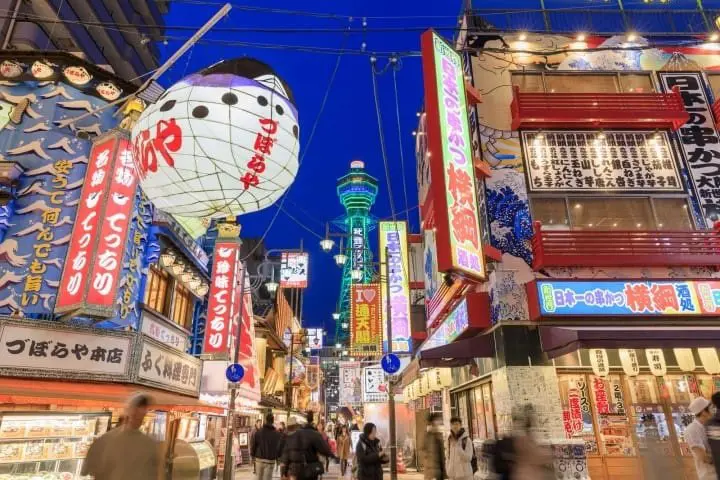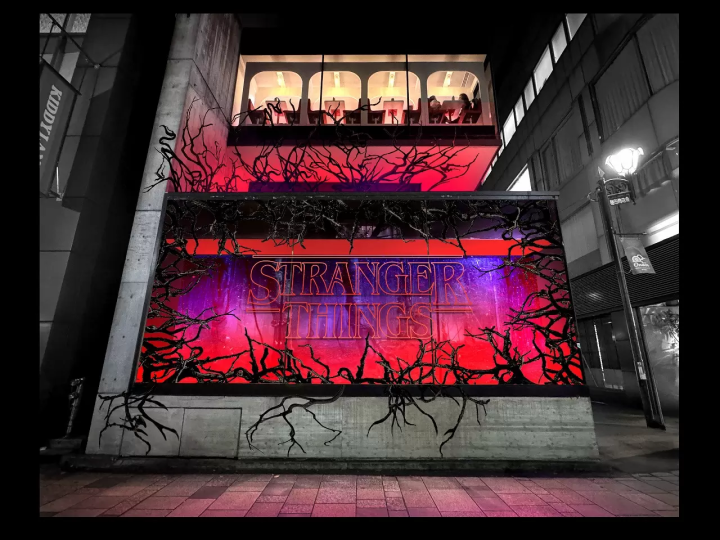What You Should Know About Public Safety Before Visiting Japan

Japan has an excellent reputation for public safety - but that doesn't mean there's no crime. Keep these points in mind to have a safe and enjoyable Japan trip.
Safety Concerns About Japan Before Departure
Japan has a global reputation as a safe country.
The national homicide rate (number of homicides per 100,000 people) is 0.3, while the average rate in other OECD countries is 4.1, and Japan had the third-fewest number of homicides among the 38 nations.
With a particularly low level of violent crime (e.g. murders, thefts, and sexual assaults), it is very unlikely for a traveler visiting Japan to encounter danger while walking around a city.
Nevertheless, the chance that something could happen is not zero. This article will talk about several points to keep in mind when traveling in Japan, so as to have a safe and enjoyable trip.
What Areas in Japan Can Be Dangerous?
First, let’s look at Tokyo, Osaka and Kyoto, three popular travel destinations. While all three are quite safe in general, Osaka has the highest crime rate of the three, followed by Kyoto, then Tokyo.
Public Safety in Osaka

Osaka’s Chuo ward (home to Osaka Castle and the Dotonbori river district) has the highest crime rate in the country. While it’s still relatively safe compared to other major cities around the world, you should still be careful.
Bag-snatching and bike thefts are the most common crimes in this area. Osaka’s famous entertainment districts, Umeda and Namba, are in Chuo ward. Be sure to exercise caution when walking alone in these areas after dark.
Read also:
Public Safety in Tokyo

Tokyo’s famous entertainment districts are Shinjuku, Shibuya and Roppongi. In Shinjuku, in particular, the areas of Kabukicho far away from Shinjuku Station are not very safe.
You could say that the entertainment districts of Shinjuku and Shibuya, as well as the residential area of Setagaya, have comparatively high crime rates. When walking in a crowd, make sure to keep your bags secure, either by holding them in both arms or with some other countermeasure.
How Do I Stay Out of Trouble?
In Entertainment Areas
Some bars and restaurants will try to rip off tourists with exorbitant prices. Don’t be swayed by people in front of the station who offer to take you somewhere good or offer exceptional discounts before you've even entered their shop.
When looking for a place to eat in these districts, consult a guidebook, search online beforehand, or inquire at the closest tourist information counter.
In addition, avoid going through narrow alleys at any time, or to areas far away from the train station.
In Residential Areas
The number of incidents in residential areas is surprisingly high. In order to avoid bag-snatching and other crimes, avoid deserted streets as much as possible.
When walking, hold your bag facing towards the wall, not the street. Keep your phone where you can easily use it, and pay attention to your surroundings.
Other Advice
Be on the lookout for pickpockets on the train or at events. Take your wallet and valuables out of your pockets, put them in your bag, and hold it with both arms.
A lot of people who visit Japan want to try their luck at pachinko parlors, but it’s common for players to get too into the game and lose sense of their surroundings. Stay alert for pickpockets.
Is Public Transportation Safe?

Taxis
Taxis in Japan are equipped with meters, so as long as you get into a company-marked taxi, there’s no need to worry about being overcharged.
However, you should be aware that taxi fares are based on distance traveled, not on destination. In Tokyo, the first 2 km is 730 yen, with an addition 90 yen charge every 280 m thereafter. Additional charges may be added for time spent waiting at stoplights or during certain times of day.
Read also:
Trains/Buses
Japan’s trains and buses are seen as clean, punctual and safe; however, they are also packed wall-to-wall from 7 to 9 AM. This time period is when a lot of groping incidents can occur. If possible, it’s best to avoid the morning and evening rush hours, when many people are commuting to and from work/school.
Groping incidents often happen by the door, so avoid standing next to the door whenever possible.
You should learn about the manners and rules on Japanese trains beforehand, to avoid any trouble. For more details, read our article: 13 Obvious But Important Train Manners.
Also read:
What You Should Know About Japanese Trains (Etiquette)
What You Should Know About Japanese Trains (How to Take Trains)
Pay Attention to Traffic Rules!
In Japan, cars drive on the left-hand side. Be careful if you come from a right-hand drive country.
Escalators
There is an unwritten rule that you should stand on the left side when riding an escalator (or the right side in Osaka).
People in a hurry will dash through the empty side, so remember this to avoid accidents.
What to Do When You Need Help

If you’re in trouble, talk to the following people.
Police
The koban, or police box, is a dispatch area for police officers. They are usually located around train stations, and have “KOBAN” written on them in English. If you’ve lost something, need directions, were the victim of a crime, or need medical assistance, go to the koban first.
Train Station Staff
Ask a station employee for help if you’ve lost or forgotten something on a train or gotten on the wrong line.
Convenience Store Workers
Stop at a convenience store if you need directions. They are also brightly-lit and full of people, so in the event that you encounter someone strange, retreat to a convenience store and assess the situation from there.
Phone Assistance
If you encounter a situation where you need to call emergency services, dial 110 for the police and 119 for an ambulance.
These lines offer simultaneous interpretation, which allows for three-way conversations in English, Chinese, Korean, Spanish and Portuguese.
Stay safe and enjoy Japan!
Read also:
What To Do When You’ve Been The Victim of a Crime in Japan
A Map of Roppongi For Emergencies
A Helpful Map of Harajuku For Emergencies
A Map of Shinjuku for Emergencies
A Map Of Ginza For Emergencies
A Map Of Shibuya For Emergencies
Maps to Ueno’s Hospitals, Evacuation Shelters, and Smoking Areas
Useful Maps to Asakusa’s Hospitals, Evacuation Areas, and More!
A Japanese teacher, calligrapher, singer in my room!






























![[Wakayama Sign] Plums and plum wine](https://resources.matcha-jp.com/resize/720x2000/2025/12/08-252248.webp)

![[2025 Update] Introducing free Wi-Fi spots in Tokoname City , Aichi Prefecture](https://resources.matcha-jp.com/resize/720x2000/2025/12/16-253074.webp)

